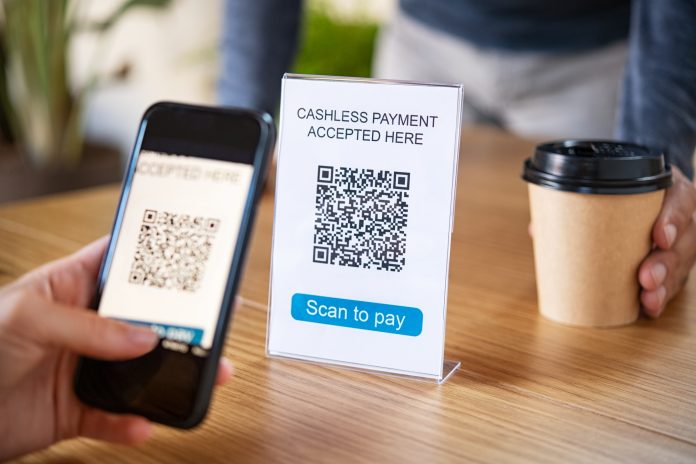Key Takeaways
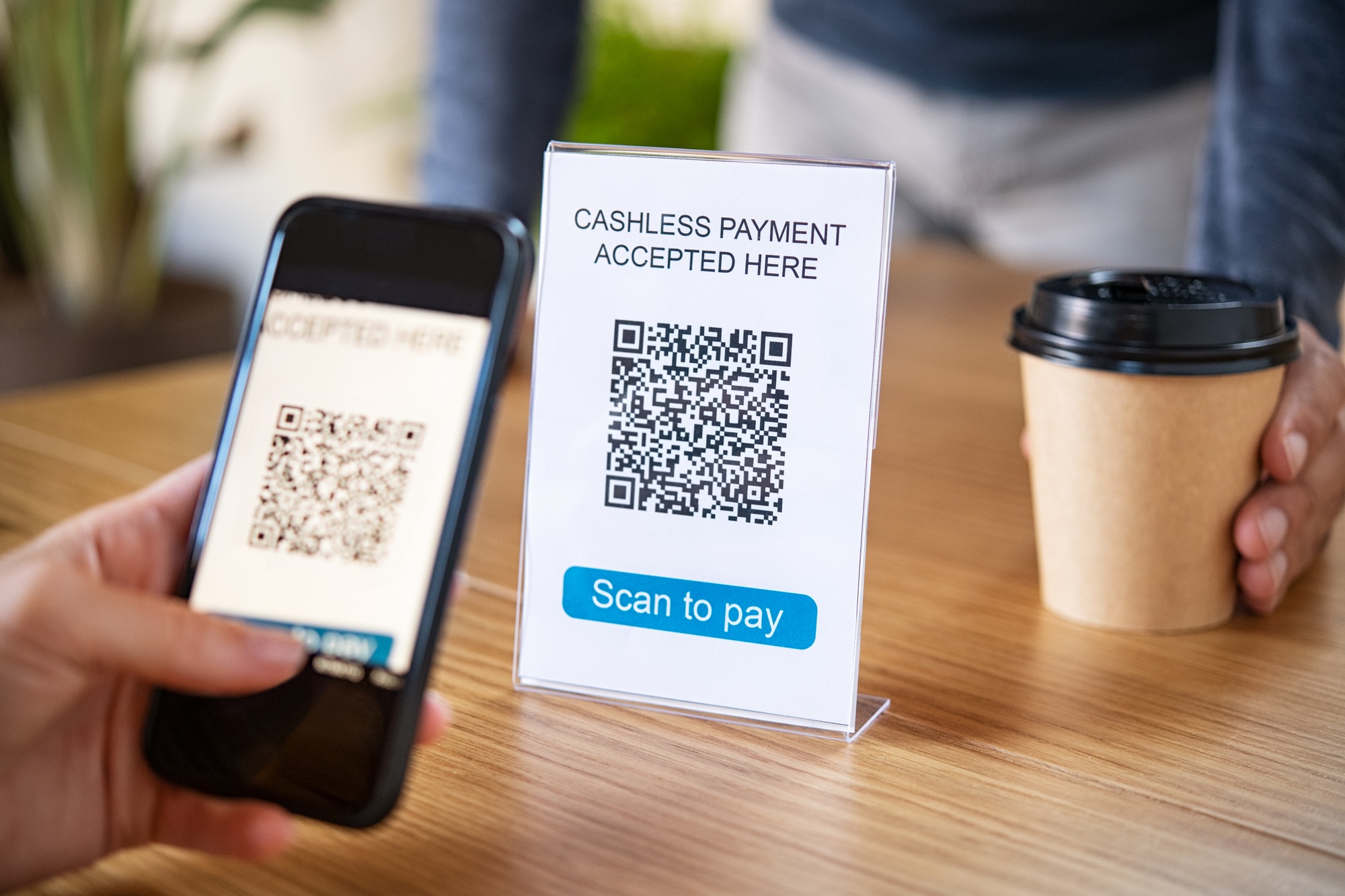
- Understanding QR Codes: QR codes are two-dimensional barcodes that provide quick access to information, enhancing customer engagement for businesses.
- Creating a QR Code: The process involves selecting a QR code generator, inputting accurate information, customizing the design, and downloading the final code.
- Best Practices: Place QR codes in high-traffic areas and monitor their performance through analytics to optimize customer interaction and engagement.
- Common Mistakes to Avoid: Keep QR codes simple and ensure they are mobile-friendly to maximize effectiveness and avoid user frustration.
- Customization Options: Tailor QR codes with colors and logos to align with your brand, making them more appealing to your audience.
- Accessibility: Test QR codes across different devices to ensure seamless access and a positive customer experience.
In today’s digital world, QR codes have become an essential tool for quick access to information. Whether you’re promoting a business, sharing a website, or even linking to a digital portfolio, these little squares can make a big impact. You might be surprised at how easy it is to create your own QR code, giving you the power to connect with your audience instantly.
With just a few simple steps, you can generate a QR code that’s both functional and eye-catching. No need for complex software or technical skills—just a smartphone or computer and an internet connection. Let’s dive into the process and unlock the potential of QR codes for your personal or professional needs.
Understanding QR Codes
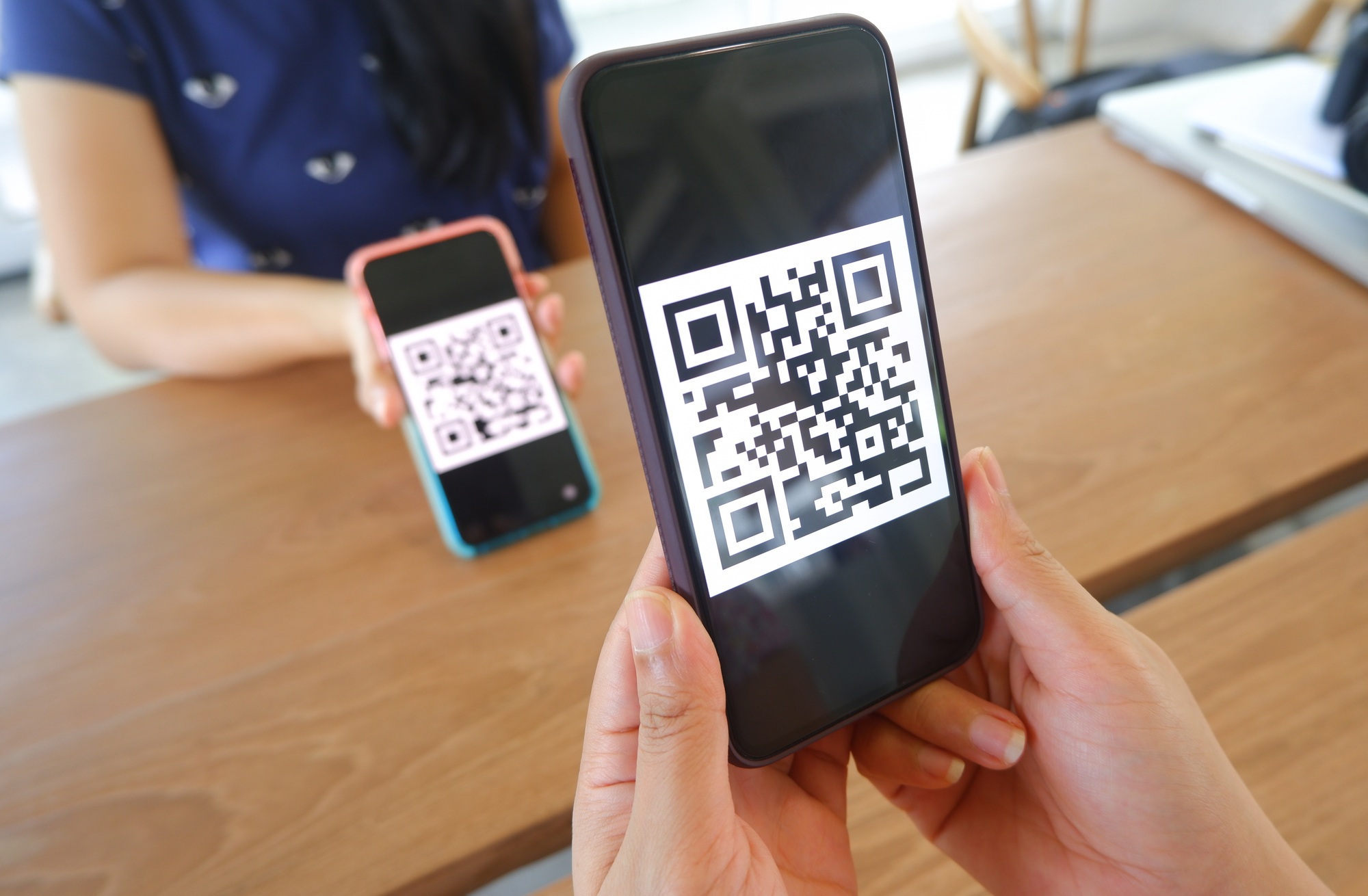
QR codes, or Quick Response codes, play a crucial role in bridging the gap between the physical and digital worlds. As a small business, harnessing this technology can enhance customer engagement and streamline operations.
What Are QR Codes?
QR codes are two-dimensional barcodes that store information. They consist of black squares arranged on a white grid. Scanning these codes with a smartphone or tablet provides instant access to data, such as website links, contact information, or promotional content. Businesses leverage QR codes for marketing campaigns, product packaging, and event promotions, creating a seamless experience for customers.
How Do QR Codes Work?
QR codes function by encoding data in a pattern that can be easily read by devices equipped with cameras. When you scan a QR code, your device decodes the information and performs the corresponding action, such as opening a URL or displaying text. This process is quick and efficient, making it a valuable tool for small businesses looking to share information effortlessly. Integrating QR codes into your marketing strategy can increase engagement and attract more customers.
Steps To Create A QR Code

Creating a QR code is straightforward and beneficial for small businesses looking to enhance customer engagement. Follow these steps to generate your QR code.
Choose A QR Code Generator
Select a QR code generator that suits your needs. Options include:
- Adobe Express: This tool features a user-friendly interface, allowing you to customize QR codes easily.
- Wix: Use Wix to create unique QR codes for diverse content types, such as URLs and phone numbers.
- Uniqode: Uniqode offers advanced customization options, including automated designs and manual controls for those wanting a tailored look.
Input Your Information
After choosing a generator, enter your information accurately.
- Enter URL or Content: For linking to a website, input the exact URL. If you’re sharing contact details, text, or images, fill in the respective fields. Accurate data entry ensures your customers receive the information they need promptly.
Customize Your QR Code
Tailor your QR code for your brand and audience.
- Select Colors: Choose colors that align with your brand identity.
- Add a Logo: Incorporate your business logo for brand recognition.
- Adjust Size: Modify the size for optimal scanning, especially for prints like business cards or flyers.
Generate And Download The QR Code
Finalize your QR code creation by generating and downloading it.
- Click Generate: After customizing, click on the generate button to create your QR code.
- Download File: Download the QR code image in your preferred format (e.g., PNG, SVG) for easy sharing across physical and digital platforms.
Using QR codes effectively can enhance your small business’s marketing efforts, bridging the gap between physical marketing materials and online resources.
Best Practices For Using QR Codes

Using QR codes effectively can enhance your small business’s marketing strategy. Consider the following best practices to maximize their impact.
Placement Of QR Codes
Place QR codes in high-traffic areas where customers are likely to engage. Use them on product packaging, flyers, business cards, and storefront windows. Ensure visibility by selecting locations that naturally draw attention. Testing different placements allows you to identify which generates the most scans and interactions.
Tracking QR Code Performance
Tracking QR code performance provides valuable insights into customer behavior. Use a QR code generator that offers analytics capabilities, enabling you to monitor the number of scans, the devices used, and geographic locations of traffic. Analyze this data to understand customer engagement patterns and adjust your marketing strategies accordingly. By continuously refining your approach based on analytics, you enhance your small business’s ability to connect with customers through technology.
Common Mistakes To Avoid

Avoiding common mistakes when creating QR codes ensures effective engagement with your audience. Here are key pitfalls to prevent:
Overcomplicating Your QR Code
Overcomplicating QR codes reduces their effectiveness. Use simple data like URLs or contact information. Complex codes with excessive patterns can hinder scanning, frustrating users and diminishing your tech investment. Stick to essential information that aligns with your small business goals.
Ignoring Mobile Compatibility
Ignoring mobile compatibility leads to missed opportunities. Ensure your QR code works seamlessly on smartphones, as most scans occur with mobile devices. Test the code on various mobile platforms before finalizing. This step guarantees that your customers experience smooth access to your content, enhancing user satisfaction and engagement with your brand.
Conclusion
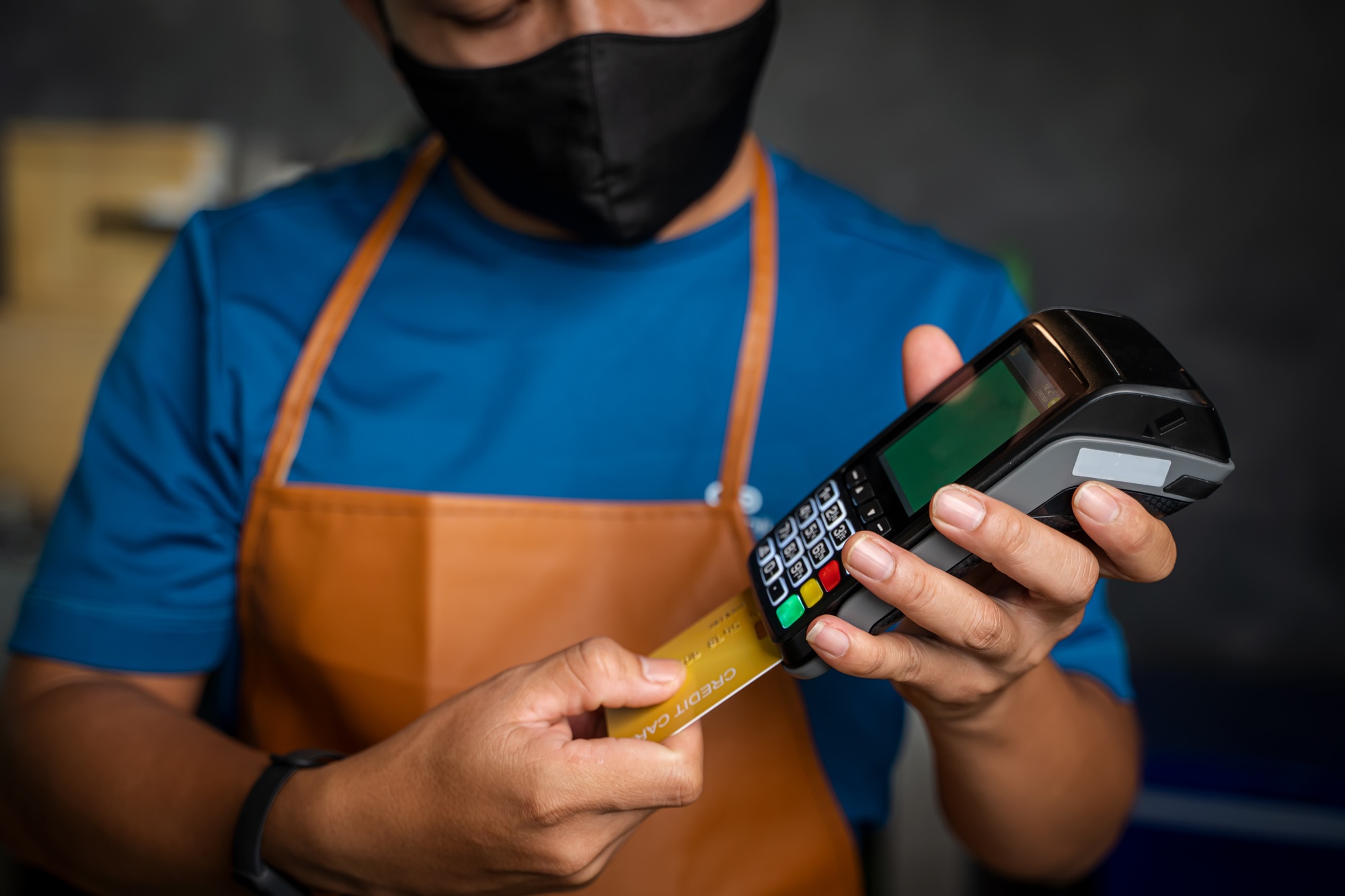
Creating a QR code is a simple yet powerful way to connect your audience with your content. By following the steps outlined in this article you can easily generate a code that fits your brand and marketing needs.
Remember to keep your QR codes simple and test them thoroughly on various devices to ensure a seamless experience for your users. With the right placement and tracking strategies you can significantly boost engagement and drive traffic to your business.
Embrace the potential of QR codes and watch how they transform your marketing efforts into a more interactive experience for your customers. Start creating today and leverage this technology to enhance your brand’s visibility.
Frequently Asked Questions
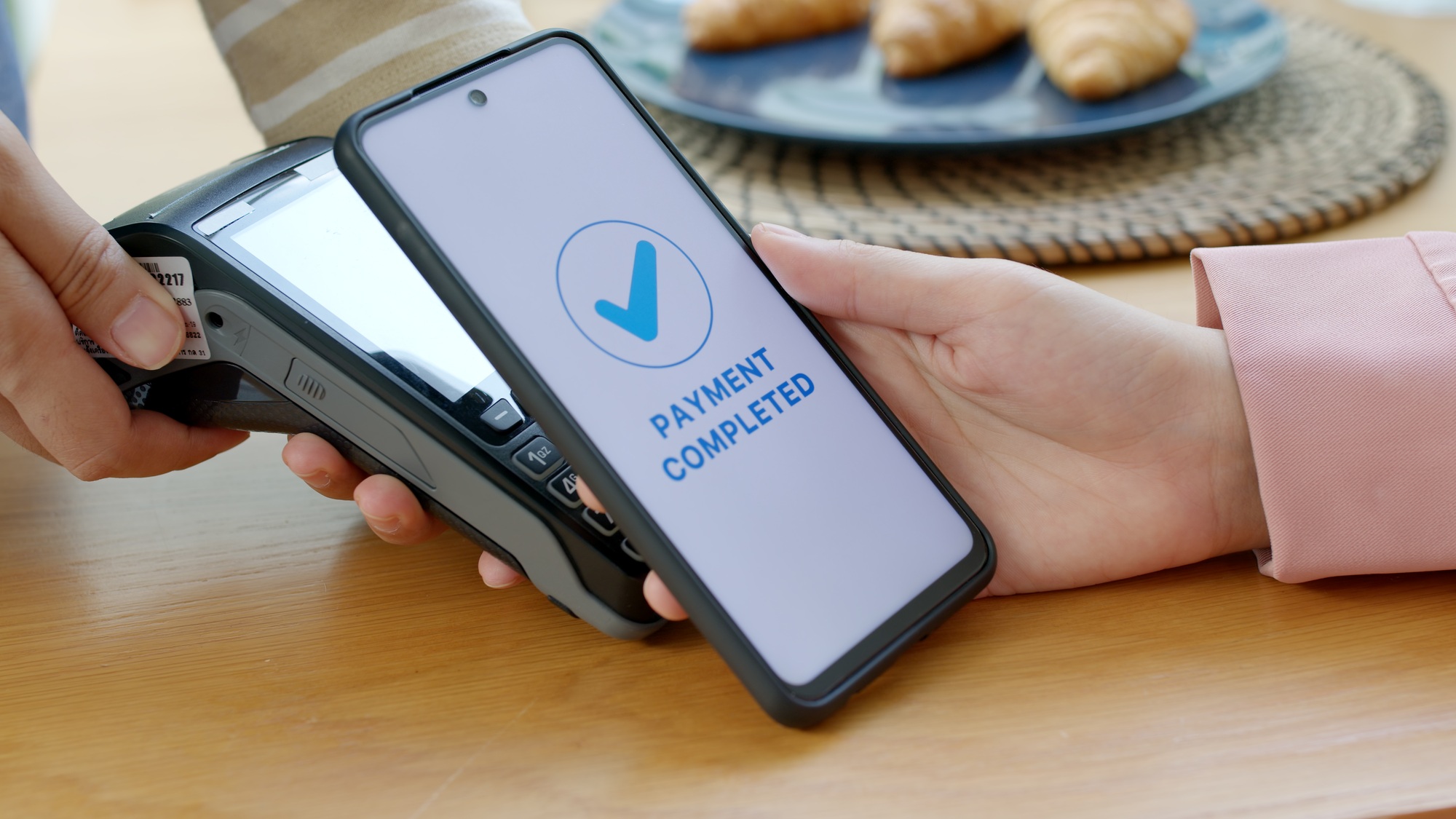
What are QR codes?
QR codes, or Quick Response codes, are two-dimensional barcodes that store information in a pattern, easily scanned by devices like smartphones. They bridge the gap between the physical and digital worlds, allowing quick access to data, such as website links and promotions.
How do I create a QR code?
To create a QR code, choose a QR code generator like Adobe Express, Wix, or Uniqode. Input the desired information, customize the design if needed, and then generate and download the code for easy sharing.
Where should I place QR codes?
Place QR codes in high-traffic areas such as product packaging, flyers, business cards, and storefront windows to maximize visibility and encourage customer engagement.
Can I track QR code performance?
Yes, tracking QR code performance is essential. Use analytics to monitor scans, device usage, and geographic locations, helping refine marketing strategies and improve connections with customers.
What mistakes should I avoid when creating QR codes?
Avoid overcomplicating QR codes with difficult patterns that hinder scanning. Instead, use simple data like URLs. Ensure the code is mobile-friendly by testing it on various devices for a smooth user experience.
How do QR codes enhance marketing?
QR codes enhance marketing by providing instant access to information, increasing customer engagement and streamlining operations. They facilitate a quick connection between offline materials and online resources, attracting more clients to a business.
Are QR codes easy to use?
Yes, QR codes are easy to use. They only require a phone or device with a camera to scan, making sharing information straightforward and efficient for both businesses and consumers.
Image Via Envato: KaikaTaaK, visootu2, thichas, insta_photos, javi_indy, SUPITNAN, Rido81


